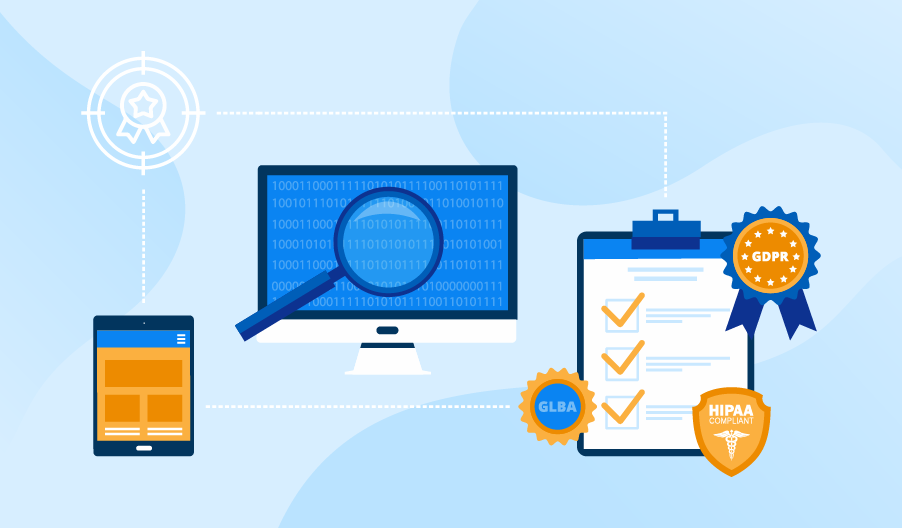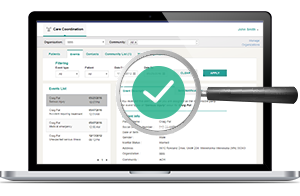Software Compliance Testing: Whys and Hows

Editor’s note: In this post, we’ll go over everything you need to know about compliance testing, including its types, benefits, and how to conduct it in your organization. If you need assistance with compliance testing or any other type of security testing, please don’t hesitate to check ScienceSoft’s security testing services.
Compliance testing: the essence
Compliance testing is a type of non-functional testing that aims at checking whether software tools meet the prescribed set of requirements based on the company’s internal policies or external standards and regulations defined by organizations like ISO (International Organization for Standardization) or W3C (World Wide Web Consortium). Violating the standards and regulations your software or IT infrastructure components need to comply with can lead to reputational damage or even lawsuits. Establishing a compliance testing program is a critical step in protecting your company from potential non-compliance risks.
Who performs compliance testing?
Compliance tests are typically performed by third-party organizations with the knowledge of the laws and regulations that your software may be subject to, though very large companies may keep in-house staff for this purpose.
Compliance testing benefits
A compliance test is not a mandatory element of the software testing life cycle. However, compliance testing offers numerous benefits and enables an organization to:
- Validate that each phase of a software development life cycle is carried out in accordance with relevant requirements, standards, norms, and guidelines.
- Verify that the project documentation is complete and correct.
- Ensure that your software will not be subject to any complaints from regulatory bodies.
To get the most out of the compliance check, one should perform it as early as possible in the development life cycle and repeat it throughout the project duration. It is also useful to conduct a one-time compliance audit before software goes live, as it can help prepare for certification or an audit.
Compliance testing steps
Regardless of whether compliance testing of software under development is performed by an in-house team or by a contractor, there are several must-have steps for its successful implementation.
Identify the standards
In order to perform an efficient compliance test, you first need to understand the norms, regulations, and standards set for the target software. Generally, the software development team creates the documentation needed for monitoring the project’s compliance with the company’s internal policies. However, depending on the type of software, you may also need to comply with industry standards or government regulations. For example, in order to maintain user security, your software may need to meet data protection standards (e.g., GDPR).
Create a checklist
As the next step, you will have to create multiple checklists that align with different phases of the software development life cycle to ensure each software element receives thorough and accurate compliance assessment.
Perform testing
Assess all the development phases against the documented standards and norms to identify potential issues and detect any deviations or flaws.
Create a report
As soon as the assessment phase is completed, create a report for the developers who will make necessary changes.
Repeat the procedure
Finally, perform follow-up re-verification to check the affected areas again and provide evidence that the remediation has been successful.
Compliance testing for your software
Compliance testing is an essential part of the software development process. Conducting compliance testing regularly ensures that each stage of software development meets the required internal and external standards. If you need help with compliance testing, contact us today.

Compliance Assessment Services
Compliance requirements have many nuances. We carefully analyze each customer’s situation to identify, prioritize, and help eliminate any compliance gaps.


